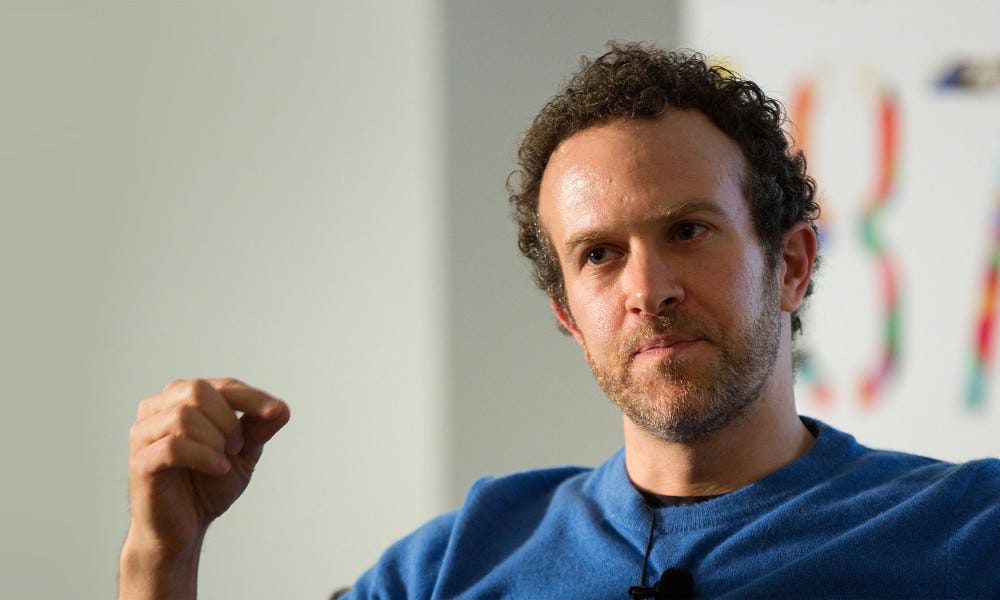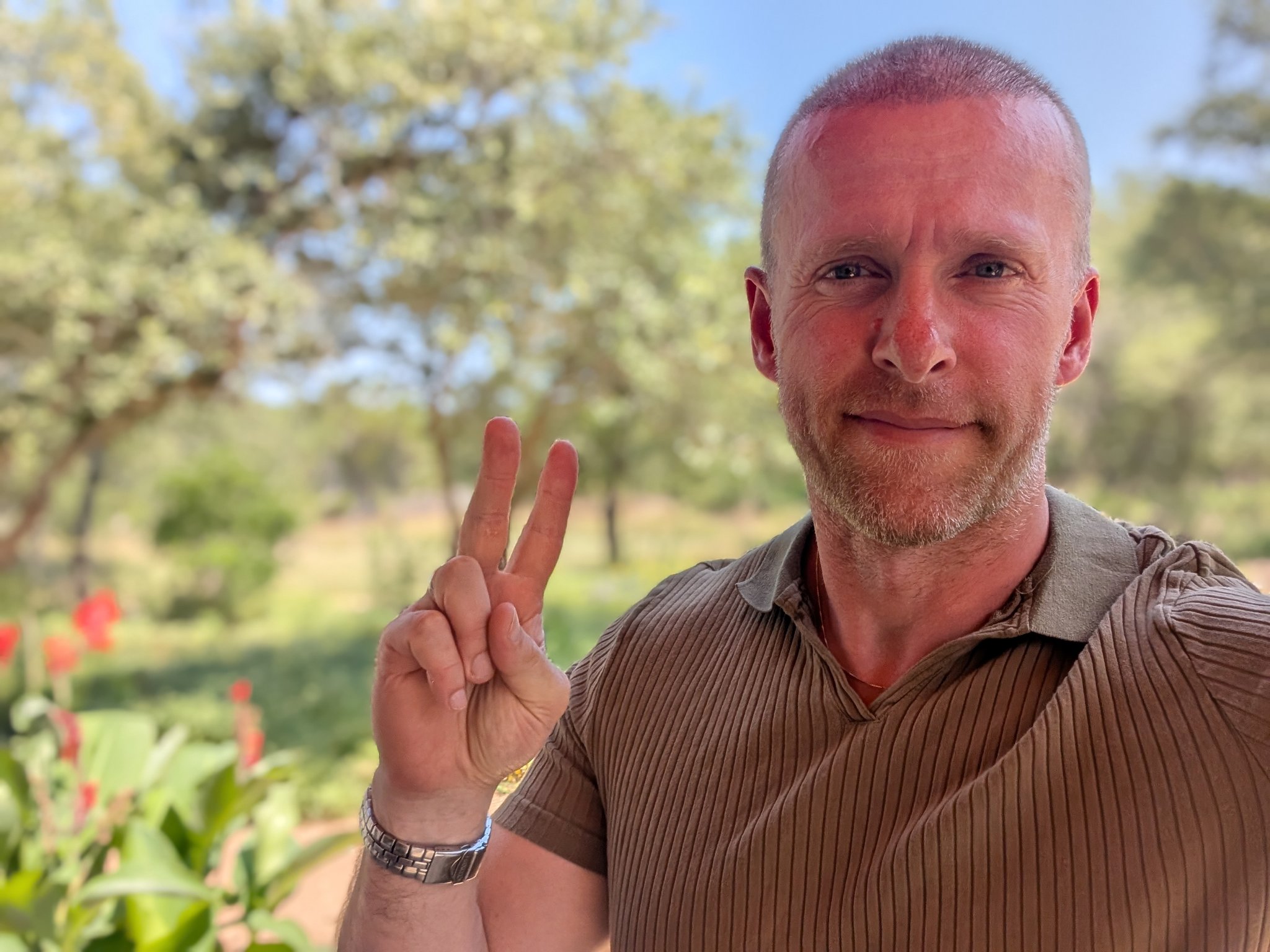Dive deep into business, brand and strategy.
-
Doom scrolling for hours and still found nothing to watch?
That was the problem Reed Hastings faced in 1997. His solution? Netflix. But Netflix didn’t become the streaming giant we know overnight. It started with a bold business decision that eventually redefined its brand. Remember when Netflix was all about DVD rentals by mail? No late fees, no trips to the video store. Pretty cool…
-
What do reusable rockets have to do with business and brand?
Let’s launch into it. It’s because we’ve been throwing away rockets after every launch. Imagine buying a new car every time you want to drive somewhere. Crazy, right? Enter SpaceX and its reusable rockets. In 2015, SpaceX did something revolutionary. They landed a rocket after launching it into space. Why? So they could use it…
-
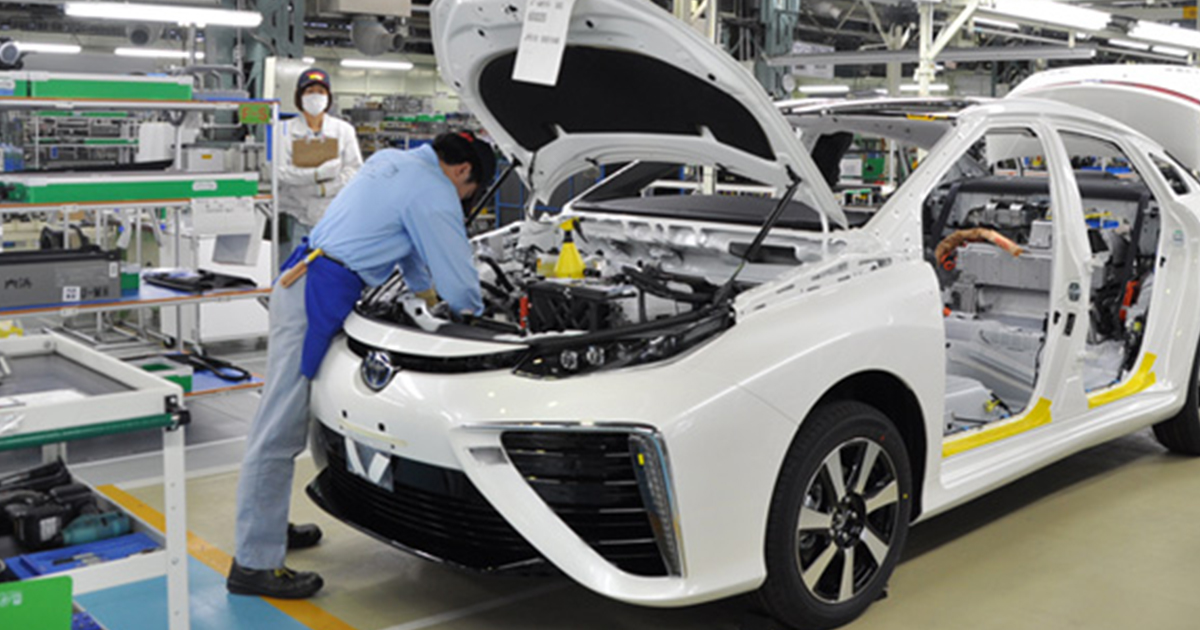
Toyota’s ‘Just-In-Time’ Manufacturing
In the 1970s, Toyota fully implemented its Just-In-Time (JIT) manufacturing system, tailored to eliminate waste by producing only what is needed, when it is needed, and in the exact amounts required. JIT is a ‘pull’ system that delivers components to assembly lines only when needed and in the exact quantities required. This approach simultaneously orchestrates…
-
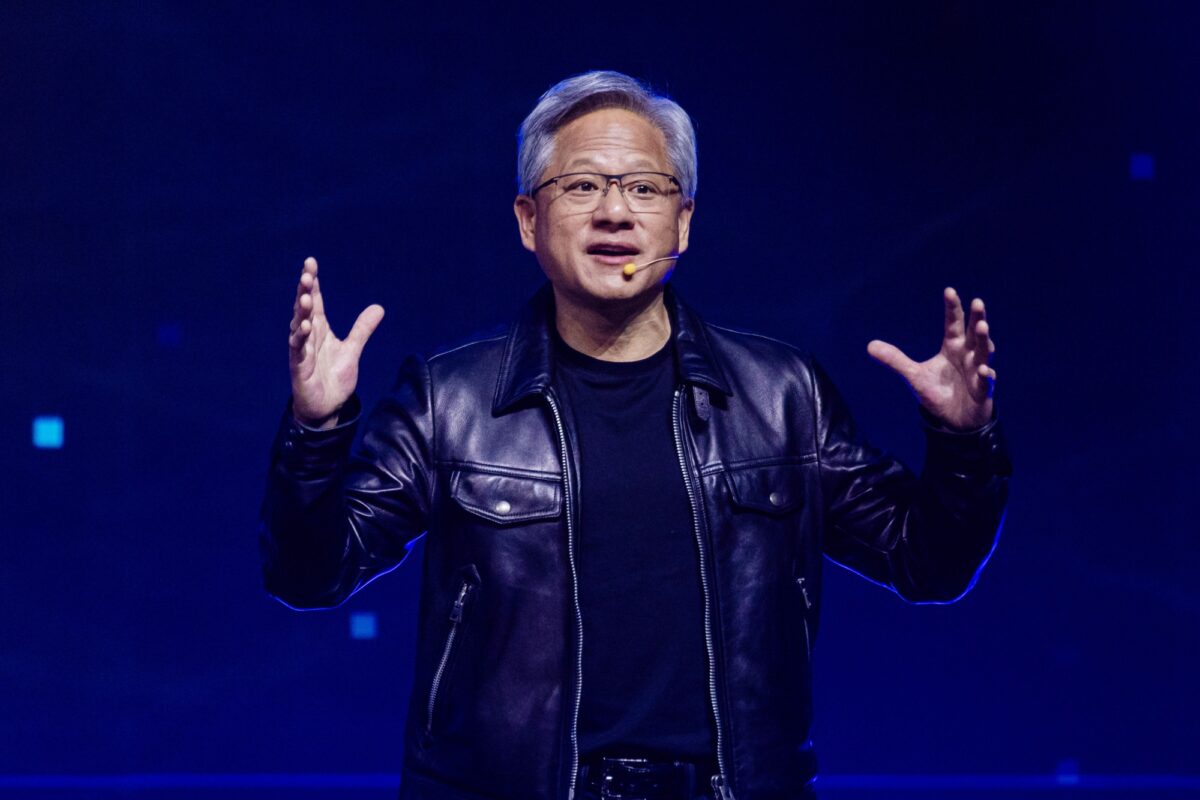
“We’re not trying to win on price. We’re trying to win on value.” — Jensen Huang, Nvidia’s CEO
This quote encapsulates a core business strategy significantly shaping Nvidia’s brand and market position. Let’s talk about Nvidia’s Value-Driven Strategy Instead of engaging in price wars, Nvidia focuses on delivering superior value through cutting-edge technology and innovative solutions. This wasn’t just a marketing slogan or words on a PowerPoint slide. It has been a guiding…
-

“Patents are for the weak.” — Elon Musk
In 2014, Tesla’s CEO Elon Musk made a shocking announcement that sent ripples through the automotive industry: Tesla would open-source its patents, making them freely available for anyone to use “in good faith.” This unconventional move perfectly illustrates how a business decision can profoundly impact a brand. At its core, this decision was rooted in…
-
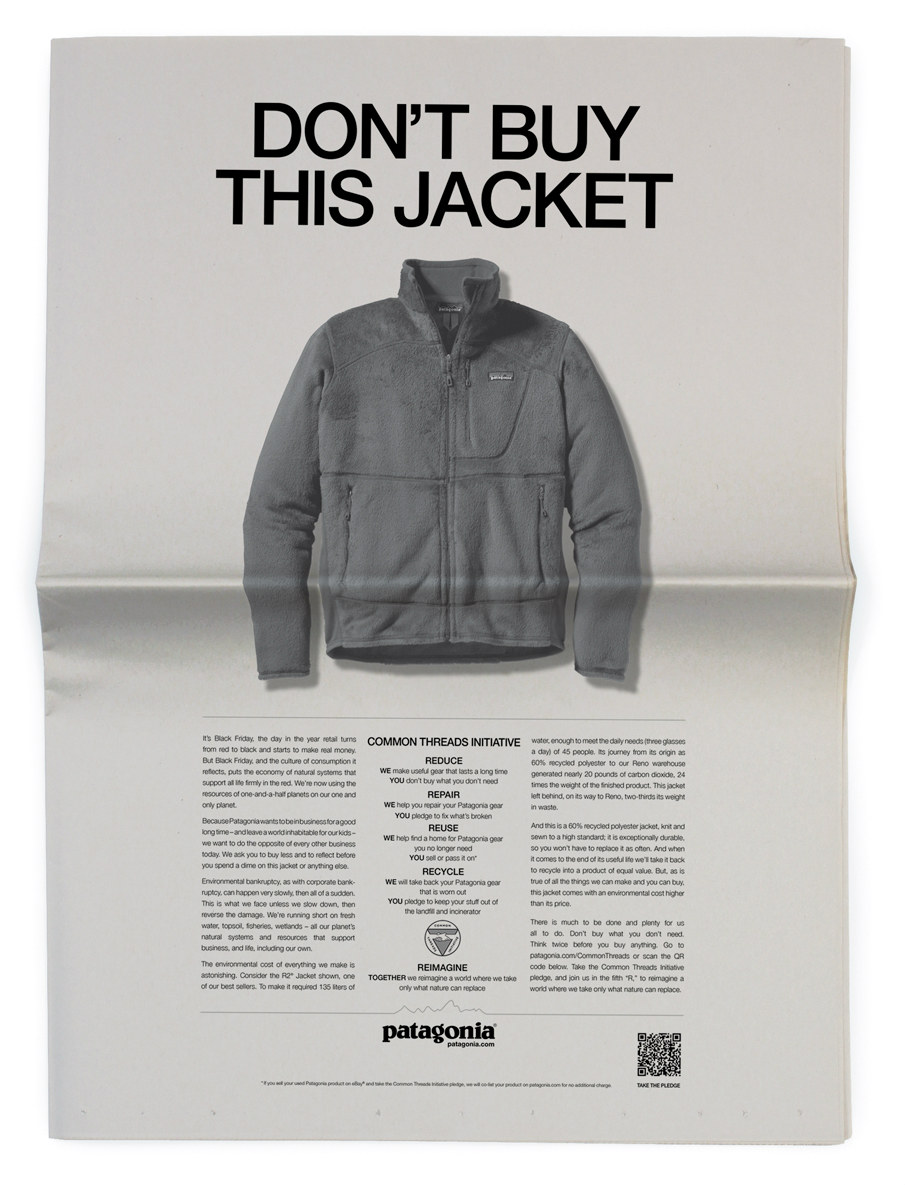
Patagonia’s “Don’t Buy This Jacket” Campaign
In 2011, Patagonia’s CEO, Yvon Chouinard, made a bold business decision that perfectly illustrates how business strategy (inside-out) can profoundly impact a brand (outside-in). On Black Friday, traditionally the biggest shopping day of the year, Patagonia ran a full-page ad in The New York Times with a provocative headline: “Don’t Buy This Jacket.” This counterintuitive…
-
Your ‘business’ is your ‘brand’
I see a troubling disconnect between holistic brand-building and the relentless pursuit of measurable growth everywhere I look. Where are all my ‘B2B SaaS’ folks at? Just kidding. This fixation on numbers has led many to view brand-building as a “fluffy” endeavour, relegating it to a mere checkbox on a marketing to-do list or isolating…
-
The case for ‘brand’ to a metric-obsessed executive
“In their relentless pursuit of measurable ROI, today’s data-driven marketers are inadvertently killing the very essence of what makes premium brands valuable. By fixating on short-term metrics like click-through rates, conversion percentages, and cost per acquisition, they’re sacrificing the intangible magic that elevates a brand from commodity to luxury. Brands aren’t built on algorithms or…
-
Why “We Want to Be Like ‘X’ or ‘Y’ Company” Isn’t a Strategy
It’s easy to idolize successful companies and think, “If we do what they do, we’ll succeed too.” But mimicry is not the key to innovation and growth. It’s also lazy. Let’s dive into why copying others can actually hinder your progress, whether you’re a startup founder or a Fortune 500 CEO. The Imitation Trap: A…
-
Stop Listening to Your Clients: The Case for Gut Instincts in Business
We’ve all been told that the customer is always right and client feedback is the holy grail of business success. But what if we’ve been getting it wrong? What if, sometimes, the best way to innovate and drive your business forward is to stop listening to your clients and start trusting your gut instincts? The…
-
The Big Short Explains Why Smart People Act Stupid in Business
Last night, I rewatched “The Big Short (TBS),” a film that brilliantly dissects the 2008 financial crisis. As I watched, it struck me how this movie perfectly illustrates why even the smartest people in large organizations can make disastrously poor decisions. Let’s take a look at the systemic, cultural, and psychological factors at play. 1.…
-
From Courtrooms to Salesrooms: The Unseen Choreography of Decision-Making
TL;DR: Your feelings during a crime could determine your sentence. Facts and logic take a backseat when emotions enter the room. Picture the courtroom in the O.J. Simpson trial, alive with emotions; each fact presented potentially altering the case, with pragmatism anchoring justice amidst human feelings. Now, shift to a bustling salesroom, where a salesperson,…
Get Your CEO Clarity Starter Kit


